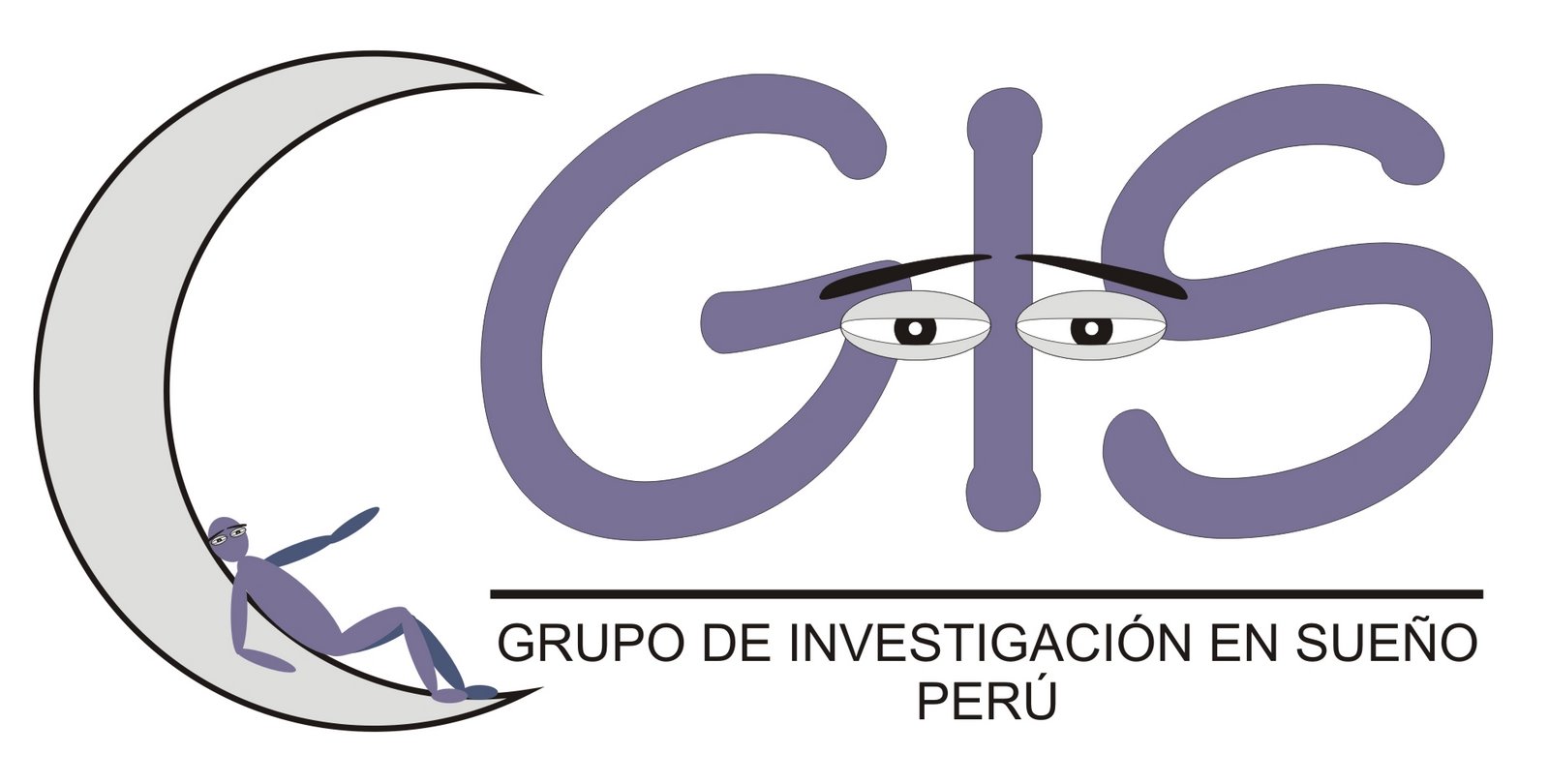PURPOSE: The purpose of this study is to describe the clinical and polysomnographic differences found in patients diagnosed with obstructive sleep apnea-hypopnea (OSAH), with or without excessive daytime sleepiness (EDS) measured by the Epworth Sleepiness Scale (ESS).
METHODS: A physical examination, ESS, and polysomnography were applied to all the participants, considering an ESS score of >10 to indicate EDS and an ESS score of ≥16 to indicate severe EDS. Univariate (chi-squared or Student's t test) and multivariate (multiple logistic regression) analysis approaches were used. A value of p < .05 was considered statistically significant.
RESULTS: The study covered 151 OSAH patients, including 129 (85 %) male patients, 66 (44 %) with EDS and 23 (21 %) with severe EDS. In the univariate analysis of demographic and polysomnographic variables, a comparison between patients without and with EDS showed that the latter had a larger neck circumference, maximum O(2) desaturation, and increased sleep time at <90 % O(2) saturation, with significant statistical differences. In the multivariate analysis, this statistical significance disappears. A comparison between patients without EDS and with severe EDS did not reveal differences in demographic or polysomnographic variables.
CONCLUSIONS: Patients with OSAH and ESD showed more hypoxemia, but we did not find significant differences between OSAH patients with or without EDS.
---
Rey de Castro J, Rosales-Mayor E. Clinical and polysomnographic differences between OSAH patients with/without excessive daytime sleepiness. Sleep Breath. 2013 Jan 23. [Epub ahead of print].
Link PubMed
---
Rey de Castro J, Rosales-Mayor E. Clinical and polysomnographic differences between OSAH patients with/without excessive daytime sleepiness. Sleep Breath. 2013 Jan 23. [Epub ahead of print].
Link PubMed




No hay comentarios:
Publicar un comentario